“Did you know there’s an 800-year-old oak tree in Kent, England? It’s called Majesty or the Fredville Oak.”
“And what about that sycamore tree near Hadrian’s Wall?” I replied.
“That one’s only famous because it starred with Kevin Costner in Robin Hood: Prince of Thieves,” my friend countered.
“Great movie,” I sighed. “And so was the tree. The world-famous Sycamore Gap.”
“Was?”
“Didn’t you hear? Some vandals cut it down, but there’s already new growth. It’ll grow again, and be protected this time — I hope.”
“There are a lot of old forests around the world,” my friend resumed. “Like the Amazon, and the historic parks in North America — including Sequoia National Park in California. It’s home to one of biggest trees on planet Earth.”
“You’re referring to General Sherman? It’s supposed to be in the neighborhood of 2200 years old. Pretty spectacular,” I added.
“Champion of the forest!”
Trees That Live the Longest
In 1973, I had the honor and privilege of seeing the oldest living tree in the world, a yew tree. I was exploring Scotland with my grandmother, and after visiting some of her childhood haunts from the early twentieth century, we took a bus tour through the countryside with a stop at the old church in Perthshire. It wasn’t far from Kinross, where my grandmother often visited her own grandparents before the family moved to Canada in 1910. I was fascinated by this grand old tree, even more so by its history, which predates much of the countryside.
Depending on who you listened to, the tree boasted a lifespan of 2,000 to 3,000 (perhaps more than 5,000, or as much as 9,000 years). An old tree of indeterminate age, to be sure.
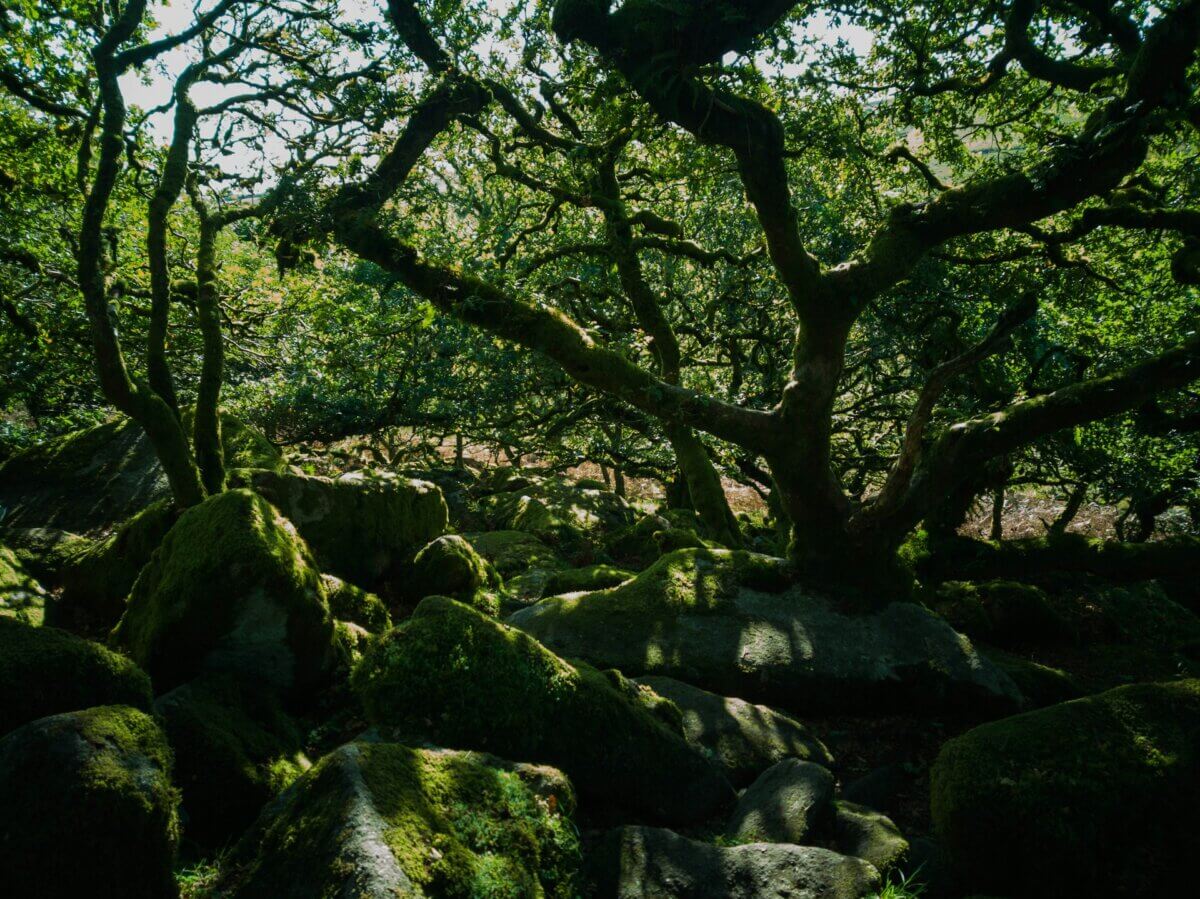
Age isn’t the only thing that makes this a spectacular tree. The diameter of the trunk was measured at 56 feet in the 18th century. Apparently, the diameter is much smaller, now, but the tree continues to thrive with multiple new shoots appearing all the time. Not bad for one of the oldest living things in all of Europe.
What trees make history as living the longest? Ginkgo biloba trees, sequoia trees (also known as redwoods), whitebark pine, western juniper, Douglas fir, bristlecone pine, and yew trees have been recorded to live the longest. Of all these old trees, the bristlecone pine, the yew, and the ginkgo biloba are the longest living trees on the planet.
The ginkgo biloba tree can live more than 1,000 years. Interestingly, it doesn’t show its age or any expected effects of aging, and remains healthy to a ripe old age. It’s as if this tree is immortal. Native to East Asia, this tree can grow in other areas if it has well-drained soil (preferably sandy) and lots of moisture. It can grow well in urban areas and makes a great street tree because it’s resistant to air pollution, but prefers the moisture of coastal areas.
The sequoia tree is most prevalent in California, in a mixed conifer forest on the west slope of the Sierra Nevada (at an elevation of between 5,000 and 8,000 feet). Although most commonly found in California, this tree also grows well in and around Victoria, British Columbia. Like the ginkgo biloba tree, the sequoia tree prefers well-drained sandy soil.
The sequoia is known to live more than 3,000 years and grows in girth to massive proportions. The sad thing about sequoias (and most trees, for that matter) is that humans are destroying and taking over their habitat. This, combined with climate crisis, intense and frequent wildfires, and drought, are threatening all trees. Since there are limited areas where sequoias grow, human activity is making these old trees among the rarest.
Whitebark pine trees are native to the higher elevations of the Rocky Mountains and the Pacific Coast Ranges from British Columbia to the Sierra Nevada. It doesn’t live as long as the sequoia, but it is known to live 1,000 years or more. Like sequoias, whitebark pines are threatened by human encroachment and relentless wildfires.
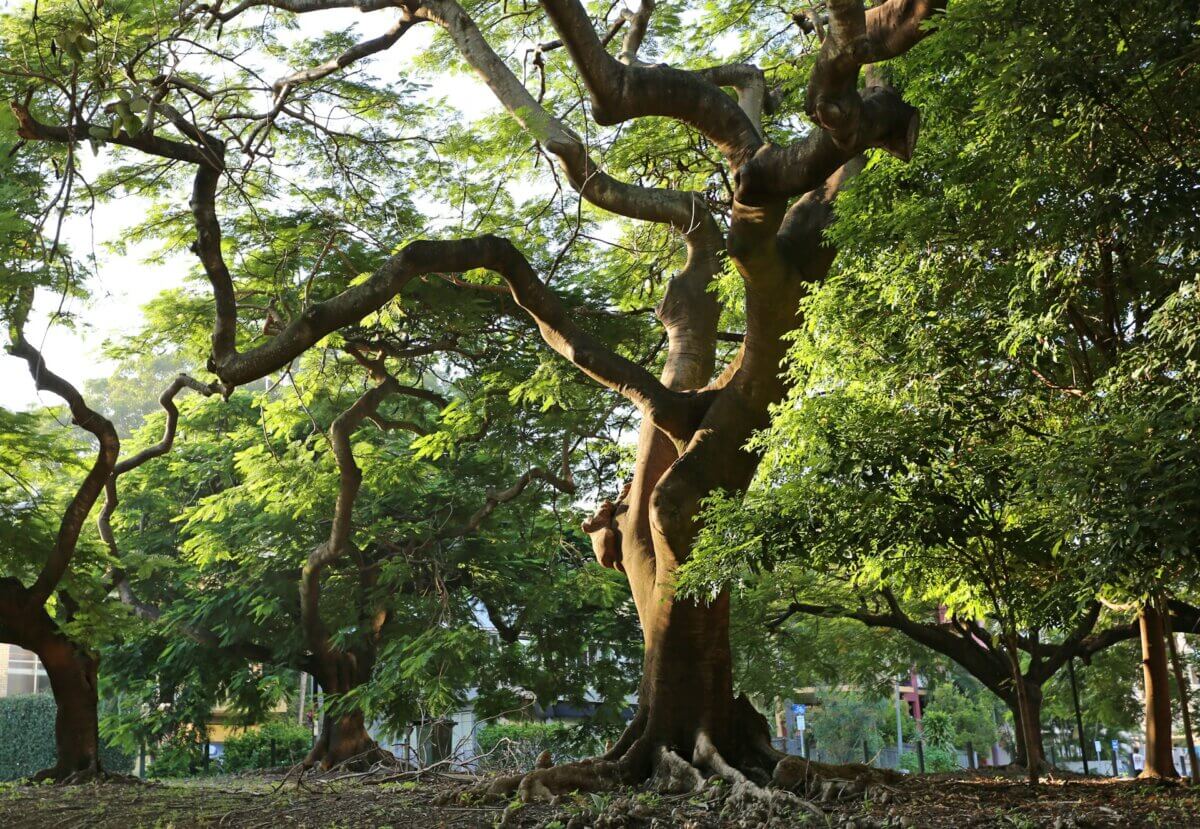
Western juniper is another high elevation tree, this one more of a shrub tree that grows in the United States. It doesn’t grow exceedingly tall, but slow growing, western junipers have a long lifespan, often exceeding 1,000 years. The oldest known living western juniper is near Bend, Oregon and dated at 1,600 years.
Another old tree in the western regions of the U.S. and Canada, and as far south as Mexico, is the Douglas fir (or Douglas spruce). It can be a very large tree at over 300 feet, or a medium tall tree at about 70 feet in height. The age span for the Douglas fir is between 500 and 1,300 years.
And then there’s the bristlecone pine. Found in high altitude, arid regions, it is considered the longest living species on Earth. The oldest known bristlecone dates over 5,000 years.
Oldest Trees in the World
Many of the oldest trees in the world have been given names. I guess if anything lives long enough, it deserves to be named. Most older trees in the database are coded, without them, but here are a few of named.
- Methuselah – Located in eastern California on the Methuselah Trail in the Inyo National Forest White Mountains, this Great Basin bristlecone pine is the oldest living thing on Earth. The tree-ring data puts Methuselah at almost 4,855 years old; established as the Egyptians began building pyramids. There is an unnamed tree in Wheeler Park, Nevada, which may outrank the Methuselah at more than 5,000 years — though this fact hasn’t been confirmed.
- Alerce Milenario (Gran Abuelo) – This tree is actually older than Methuselah. Estimated (but not confirmed) at 5,484 years. It’s located near Cordillera Pelada, Los Rios, Chile.
- The Sisters (Olive Trees of Noah) – Older than Methuselah and Alerce Milenario, these olive trees are located in Lebanon. Folk legend says The Sisters grew from an olive branch returned with Noah’s Ark at the end of the flood.
- Jaya Sri Maha Bodhi – This sacred fig tree grows in Anuradhapura, North Central Province in Sri Lanka. Legend has it this tree was a sapling taken from the Bodhi tree under which Buddha became enlightened. In 288 BCE, Sanghamitra, daughter of Emperor Ashoka, planted this sapling in its current location, making it at 2,309 years old — the oldest tree with a known human planting date.
- Llangernyw Yew – With a girth of 35 feet, this yew tree grows in the churchyard of St. Dygain’s Church in Llangernyw Village, Wales. At 4,00 to 5,000 years old, the tree is one of the 50 great trees of the United Kingdom.
- Sarv-e Abarkuh – This Mediterranean cypress grows in Abarkuh, Yazd Province, Iran and is believed to be about 4,500 years old.
- General Sherman – Growing in the Giant Forest, Sequoia National Park in California, this tree is somewhere between 2,200 and 2,700 years old. At 275 feet in height and with a diameter of 35 feet at the base, it’s the largest known living tree, and one of the longest-living trees on Earth.
And the list goes on. Some of the oldest trees on Earth are long gone: Cut down, destroyed by wildfires, floods, or old age. But there are still quite a few still living.
Oldest Forests in the World
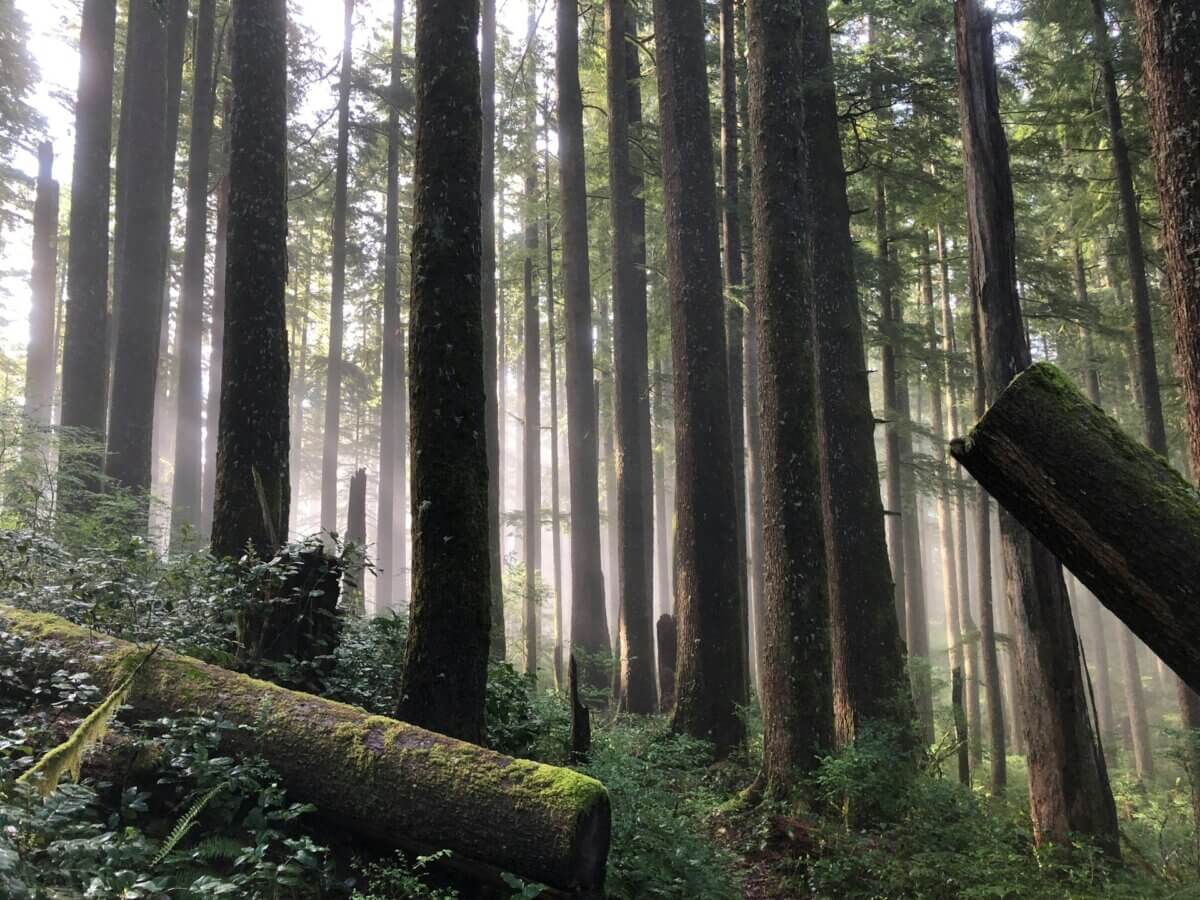
There are some really old forests in this world. Surprising, since human intervention has threatened and destroyed so much of their habitat. Fossils discovered in Cairo, New York, revealed the oldest known forest at 385 million years. Of course, the forest no longer exists. Only the fossilized woody roots of ancient trees bear witness to its existence.
In terms of living ancient forests, the Daintree Rainforest in Australia, which covers 463 square miles, is the largest and oldest block of tropical rainforest. It’s estimated at 180 million years old, much older than the Amazon.
There are ancient forests all over the world. In North and South America, Japan, Africa, Australia, and New Zealand. But Russia is believed to have the most untouched ancient forests.
Some of the oldest forests are clonal colonies, a forest full of the same type of tree. Aspens make up the largest clonal colonies on Earth. In the Fishlake National Forest in Utah, there is a 106-acre clonal colony of about 48,000 quaking aspen trees. It is the oldest and largest colony on Earth, its age is estimated at 14,000 years.
Another clonal colony in Mount Read, Tasmania, covers 2.5 acres of Huon pine trees. It’s estimated to be about 10,000 years old.
Other clonal colonies include willow, blackberry, fig, and banyan trees. Clonal trees are long-lived — probably due to their interconnected root systems. Long before humans were cloning living things, Mother Nature was doing it the natural way.


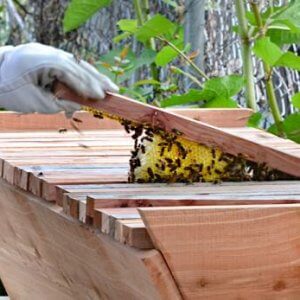




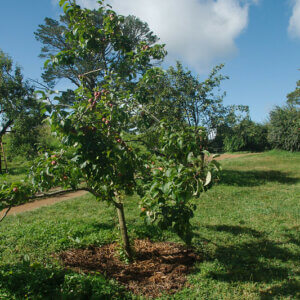

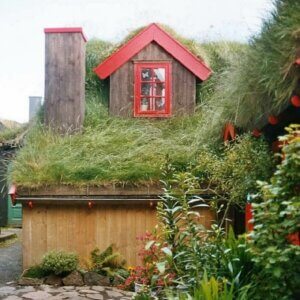



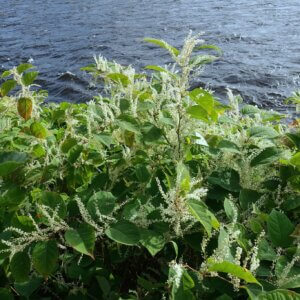



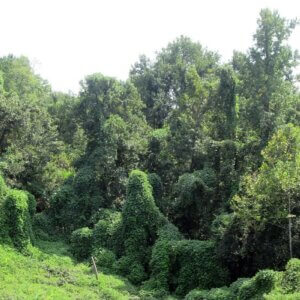
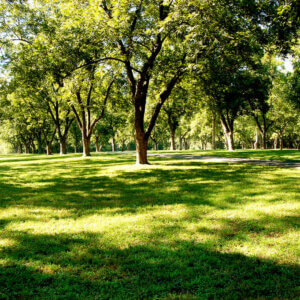


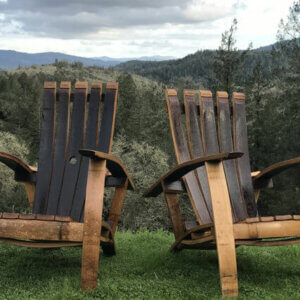
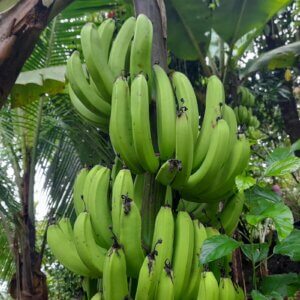
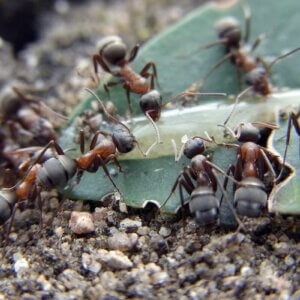
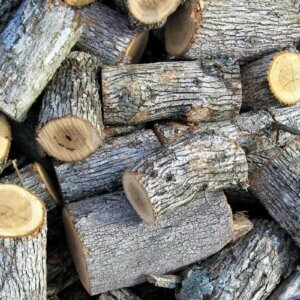
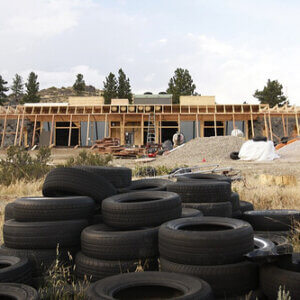


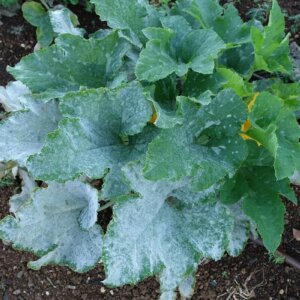
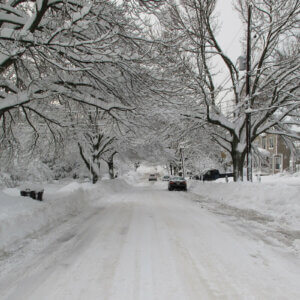

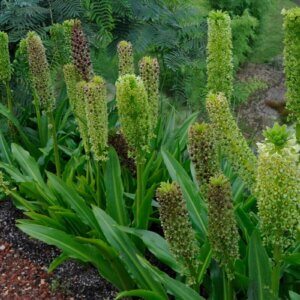


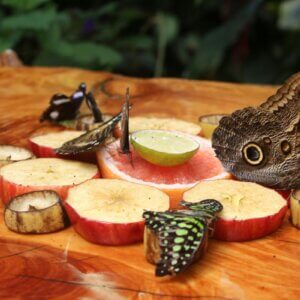
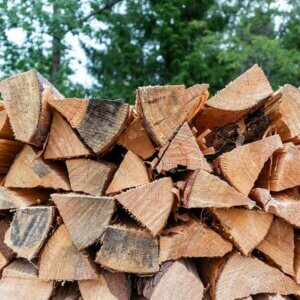





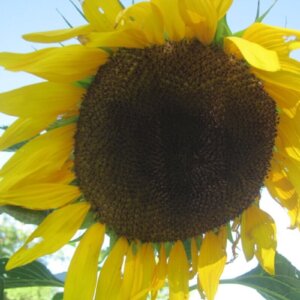
Leave a Reply